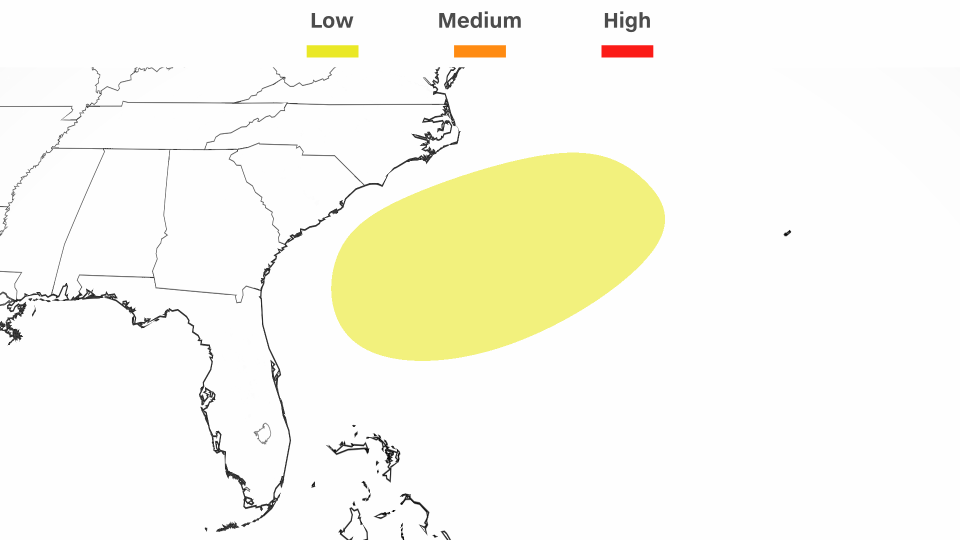Flood concerns are rising in Florida this week as a month’s worth of rain could fall in just a few days from storms fueled by tropical moisture streaming in from the Caribbean.
The rain is coming from a broad and disorganized area of storms stuck over the state. By late week, the National Hurricane Center gives the storms a low chance of organizing into the first tropical depression of hurricane season as it moves off the Southeast coast.

But storms will drench Florida with tropical downpours, tropical depression or not.
Flood watches are in effect for more than 6 million people in southern Florida Tuesday. The watches are set to expire Wednesday night but may be extended as heavy rain persists through Friday.
Double-digit rainfall totals are likely in parts of the state by Friday, but a few areas in southwest Florida could approach 20 inches of rain.
While the state is no stranger to drenching rain, heavy rain events are getting even heavier as the world warms due to fossil fuel pollution. The daily downpours are also being fueled by a firehose of tropical moisture from parts of the Caribbean funneling straight into South Florida along a front draped over the state.
This nearly stationary front is where storms began unloading heavy rain Tuesday morning. Rain will be beneficial at first, as half of Florida is experiencing abnormal dryness or drought conditions, with the worst drought centered in the bull’s-eye for the heaviest rain, according to the US Drought Monitor.
The flood risk will increase as storms unload drenching rain over the same area day after day, causing rainfall totals to climb, soils to saturate and area waterways to swell.
The bulk of the heaviest rain will fall from Tuesday through Thursday night.
The southwestern Gulf Coast of the state, from Sarasota to Everglades National Park, is at the greatest risk for rainfall totalling 10 inches or more. But bursts of intense rain outside of the highest risk areas could cause flash flooding, especially in urban or poor-drainage areas.
How a giant gyre of moisture leads to tropical trouble
The robust moisture fueling this week’s storms typically pools over parts of the Caribbean Sea and the southern Gulf of Mexico at this point in the season into the Central American gyre: A large, disorganized area of showers and thunderstorms that rotates over Central America and its surrounding waters.
The gyre’s broad spin and deep moisture can help tropical systems form in parts of the Caribbean, the Gulf of Mexico and even the extreme eastern Pacific when other necessary factors – including favorable upper-level winds and warm ocean water – align.
The gyre typically first develops around the late spring and early summer, which is one reason most June tropical systems form in the Gulf of Mexico or off the East Coast of the US.
Despite plenty of bathtub warm water in the Caribbean and the Gulf of Mexico, upper-level winds, known as wind shear, are much too disruptive right now for any tropical systems to form in these areas, according to Jon Rizzo, a meteorologist with the National Weather Service in Key West, Florida.
What the gyre is doing, is juicing up the wet weather across the Gulf Coast, like what Florida will endure this week.
“Just the mere presence of the Central American gyre forming tells us that summer is here and the rainy season is about to begin,” Jon Rizzo, a meteorologist with the National Weather Service in Key West, Florida, told CNN.
June, July, August and September are generally the wettest months of the year for much of Florida. Frequent surges of deep, tropical moisture and the direct impact of tropical systems send rainfall totals skyrocketing during this part of the year.
For more CNN news and newsletters create an account at CNN.com
Source Agencies



